China : Unmatched Growth and Demand Trends
China holds a staggering market share of 46.5% in the APAC plywood market, valued at $18,400 million. Key growth drivers include rapid urbanization, increased construction activities, and a booming furniture industry. Government initiatives promoting sustainable forestry and infrastructure development further bolster demand. Regulatory policies favoring eco-friendly materials are shaping consumption patterns, leading to a shift towards engineered wood products.
India : Rapid Urbanization Fuels Demand
India's plywood market is valued at $8,000 million, accounting for 20.5% of the APAC share. The growth is driven by urbanization, rising disposable incomes, and a growing real estate sector. Government initiatives like the Housing for All scheme are enhancing demand. The market is witnessing a shift towards eco-friendly products, supported by regulatory policies promoting sustainable practices.
Japan : Quality and Innovation Drive Growth
Japan's plywood market, valued at $5,000 million, represents 12.8% of the APAC market. The demand is driven by a focus on quality, innovation, and sustainability. Regulatory policies emphasize the use of certified wood, promoting responsible sourcing. The market is characterized by a preference for high-quality products, particularly in the construction and furniture sectors, reflecting consumer trends towards durability and aesthetics.
South Korea : Innovation Meets Sustainability
South Korea's plywood market is valued at $3,500 million, capturing 9.1% of the APAC share. Key growth drivers include technological advancements in production and a strong emphasis on sustainability. Government regulations support eco-friendly practices, influencing consumption patterns. The market is competitive, with major players focusing on innovation and quality, particularly in urban centers like Seoul and Busan.
Malaysia : Sustainable Practices in Focus
Malaysia's plywood market, valued at $2,500 million, accounts for 6.4% of the APAC market. The growth is driven by sustainable forestry practices and increasing demand from the construction sector. Government initiatives promoting green building materials are enhancing market dynamics. Key cities like Kuala Lumpur and Penang are pivotal in driving consumption, with local players focusing on eco-friendly products.
Thailand : Infrastructure Development Boosts Market
Thailand's plywood market is valued at $2,000 million, representing 5.1% of the APAC share. The growth is fueled by infrastructure development and a rising construction sector. Government policies supporting housing projects are enhancing demand. The competitive landscape includes both local and international players, with Bangkok being a key market for plywood consumption, particularly in residential and commercial projects.
Indonesia : Sustainable Growth Opportunities Ahead
Indonesia's plywood market, valued at $2,000 million, holds a 5.1% share of the APAC market. The growth is driven by abundant natural resources and increasing domestic demand. Regulatory policies promoting sustainable forestry practices are shaping the market. Key regions like Java and Sumatra are significant for production, with local players focusing on both domestic and export markets.
Rest of APAC : Varied Growth Across Sub-regions
The Rest of APAC plywood market is valued at $1,128.86 million, accounting for 2.9% of the total market. Growth is uneven, influenced by local economic conditions and regulatory frameworks. Countries like Vietnam and the Philippines are emerging markets, with increasing demand driven by construction and furniture sectors. The competitive landscape varies, with local players adapting to unique market dynamics and consumer preferences.
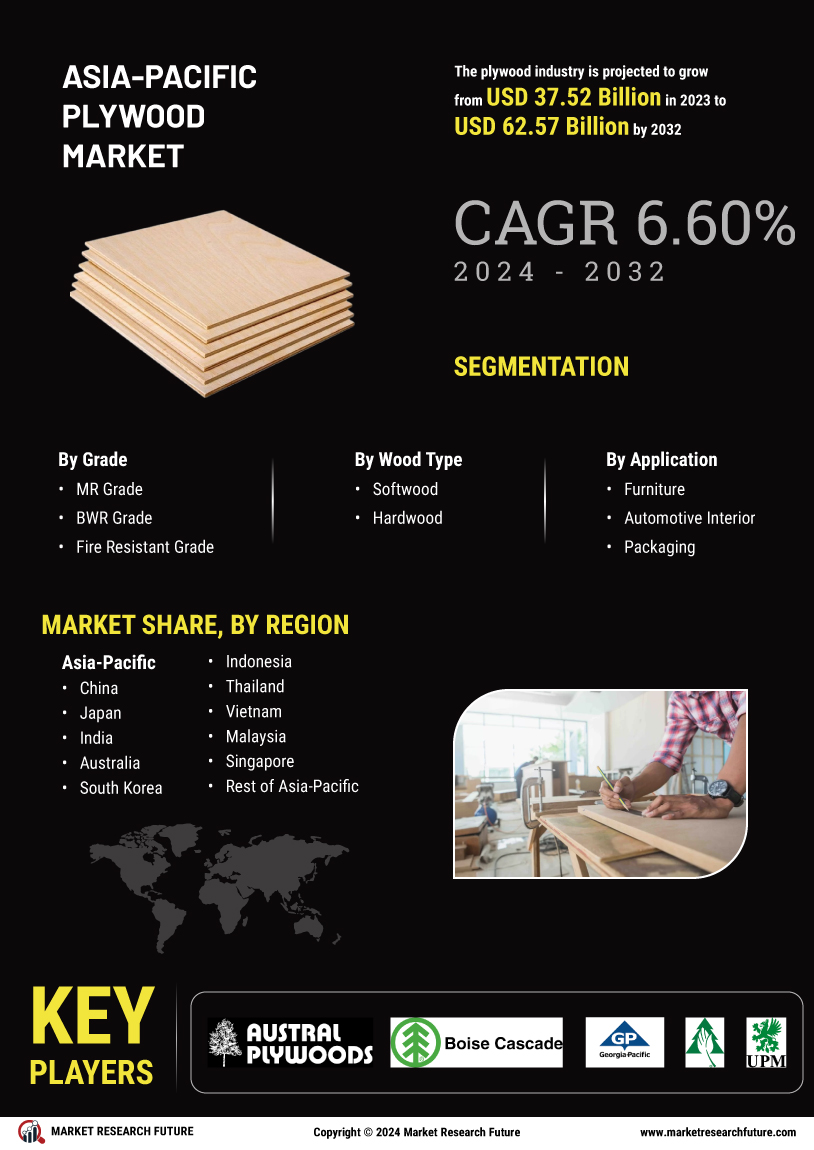

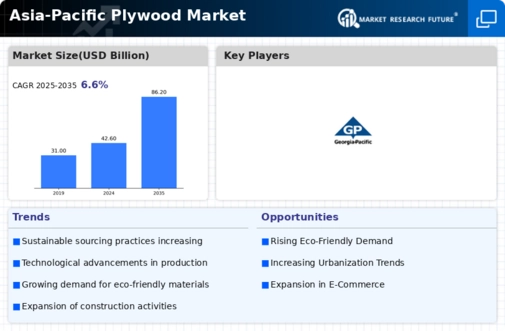
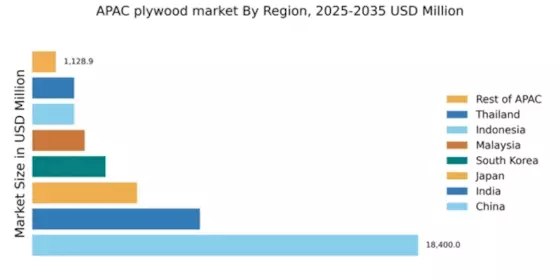
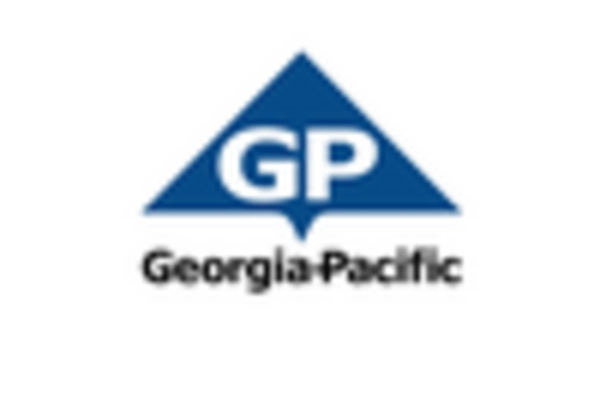
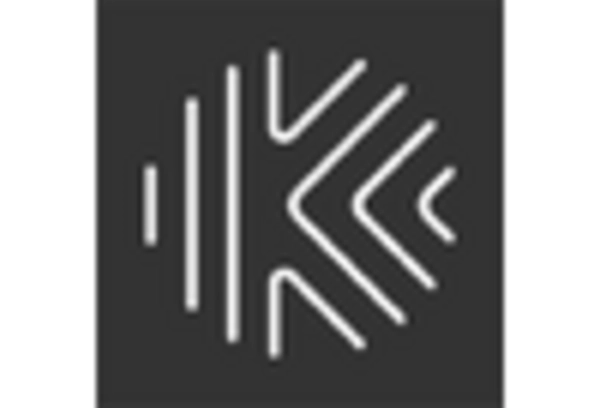

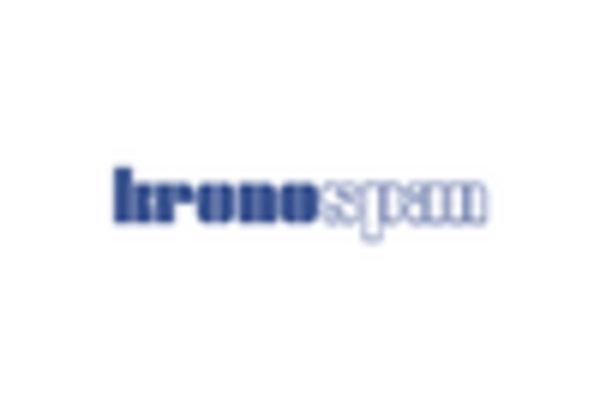
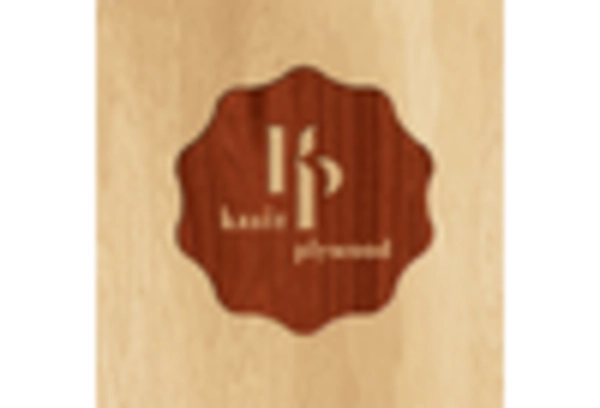









Leave a Comment